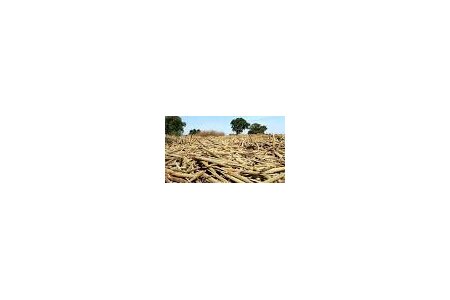 Land Rush - Why Poverty
Land Rush - Why Poverty
ABOUT THE DOCUMENTARY
75% of Mali’s population are farmers, but rich nations like China and Saudi Arabia are leasing their land in order to establish large agribusinesses. Many Malian peasants do not welcome these efforts, seeing them as yet another manifestation of imperialism.
The documentary follows American sugar developer Mima Nedelcovych’s Sosumar scheme – a $600 million partnership between the Government of Mali to lease 200-square kilometers of prime agricultural land for a plantation and factory.
However, unlike some of his competitors, Mima sees the involvement of the local community as key to the project’s success and offers partnership to local farmers as contracted sugar cane growers with the prospect of becoming, in time, “a small commercial farmer and then a larger commercial farmer.”
But the scheme isn’t welcomed by everyone and the Sosumar experiment abruptly ends when a military coup takes place in Mali.
IN FIGURES
Women are primary agricultural producers, cultivating between 60-80% of the food in most developing countries, and ensure household food security
Between 2000-2010, land deals under consideration or negotiation worldwide amounted to a total of 203 million hectares. This land area is equivalent to more than eight times the size of the UK or an area the size of Mexico.
There are about 500 million small farms in developing countries, supporting almost two billion people – that’s one third of humanity.
At the time of decolonisation, Africa was self-sufficient in food and exported around 1.3 million tonnes of food every year between 1966 – 70.
Today, Africa imports 25% of its food
Keywords
-
Africa
- Maroc : manifestation à l’occasion de la journée internationale de lutte pour les droits des femmes
- Les paysans ont des spécificités qu’il faut prendre en compte
- March for Climate Justice in Marrakech during COP22
- Forum agroécologie Nyeleni
- Femmes Ouest africaines productrices d’huile de palme traditionnelle
- Agribusiness
- Mali